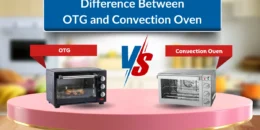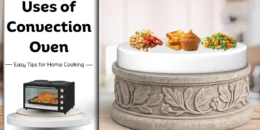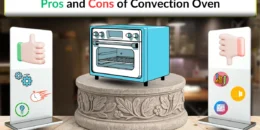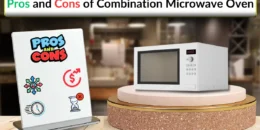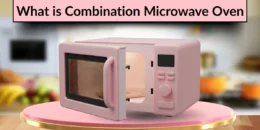
How To Clean Meat Grinder Plates?
As a meat grinder plate user, I have been cleaning meat grinders for over 20 years. Over this period, I have learned much about cleaning meat grinders.
Cleaning meat grinder plates is an important task you should do after each use to prevent the build-up of meat residue and bacteria. Proper cleaning will help extend your grinder’s life and ensure that it produces clean, safe, and quality ground meat.
If you are wondering how to clean meat grinder plates step by step, then in this guide, I will share the different simple steps you can follow to get the job done effectively and efficiently.
What Are The Benefits Of Cleaning Your Meat Grinder Plates?

The benefits of cleaning your meat grinder plates are numerous. If you do not clean them regularly, they can become quite dirty and may become a breeding ground for bacteria.
-
Improved Food Safety:
Properly cleaning your meat grinder plates helps prevent the spreading of bacteria and other contaminants.
By removing any bits of meat or fat that may be stuck into the meat grinder plates, you can help to reduce the risk of foodborne illness.
-
Improved Performance:
Over time, bits of meat and fat can build up on the plates, affecting the grinder’s performance.
Regularly cleaning the grinder plates can help ensure that the meat grinder works at its best.
-
Longer Lifespan:
Regularly cleaning and maintaining your meat grinder plates can help to extend their lifespan.
By removing any stuck-on bits of meat or fat and keeping the meat grinder plates dry and rust-free, you can help to prevent them from wearing out or becoming damaged.
-
Better Tasting Meat:
Meat ground with dirty plates can taste stale or off, as the bits of old meat and fat left on the plates can mix with the fresh meat.
By cleaning the grinder plates regularly, you can help to ensure that the meat you are grinding tastes fresh and clean.
-
Easier To Use:
Grinding meat with dirty plates can be more difficult, as the bits of stuck-on meat and fat can get in the way and cause the grinder to jam.
By cleaning the grinder plates regularly, you can ensure that the meat grinder is easier to use.
Other Tips To Follow
Don’t leave any food scraps on your meat grinder plate. You should ensure that the food stays on the top of the plates. It can attract insects and bacteria if it touches the bottom of the plates.
How To Clean Meat Grinder Plates : 7 Best Method
Method 1: Use Soap And Water
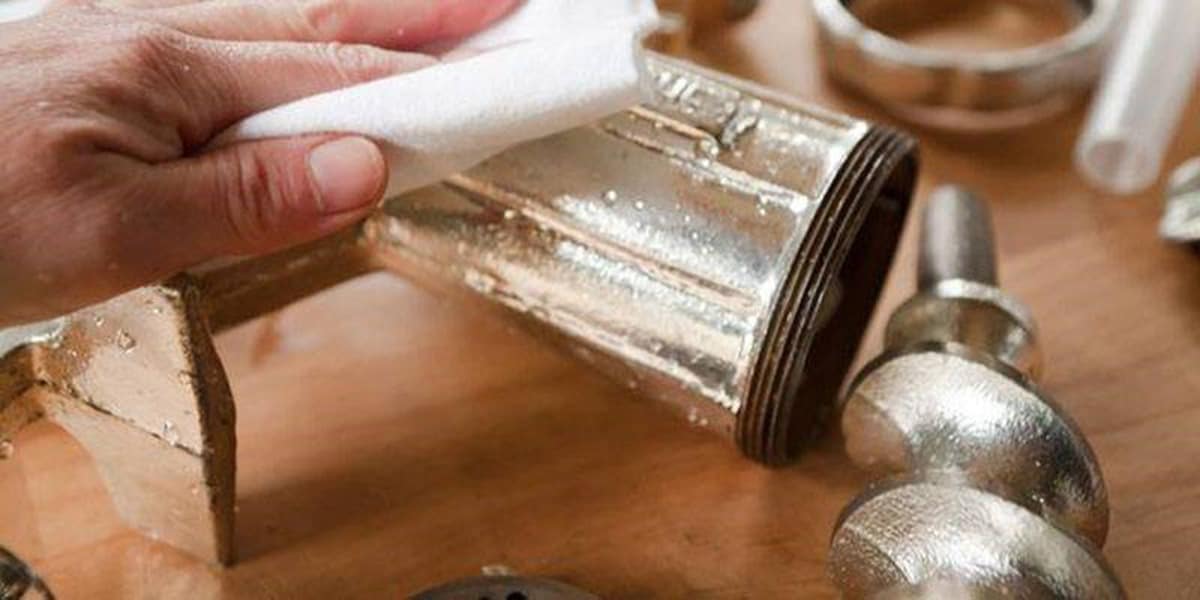
Cleaning your meat grinder plates is an essential step in maintaining the hygiene and longevity of your meat grinder.
Here is a simple guide on how to clean the plates using soap and water, including a list of materials and step-by-step instructions.
To clean meat grinder plates with soap and water, you will require the following materials:
- Dish soap
- A brush or scrubber
- Hot water
Instructions:
- Disassemble the meat grinder and remove the plates.
- Wash the plates with hot water to remove large pieces of meat or debris.
- Apply a small amount of dish soap to the plates and use a brush or scrubber to scrub away any remaining bits of meat or grime.
- Rinse the plates thoroughly with hot water to remove soap traces.
- Wipe them dry with a clean cloth or towel.
- Dry the plates entirely before reassembling the meat grinder.
It is essential to clean the meat grinder plates thoroughly after each use to prevent bacteria growth and to ensure that your ground meat is safe to eat.
Read about Bacteria : Source Healthline
Method 2: Use Dishwashing Liquid
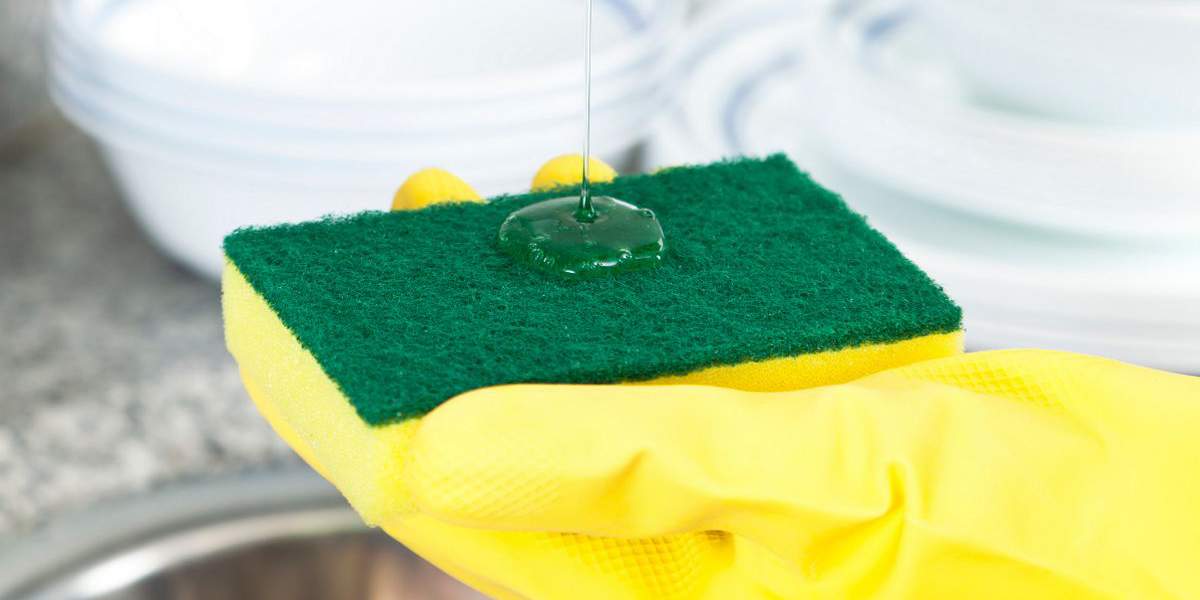
To clean your meat grinder plates using dishwashing liquid, first, disassemble the grinder and remove the grinder plates.
Then, Put the warm water in a sink or basin and add dishwashing liquid.
Submerge the plates in the soapy water and use a brush or scrubber to scrub off any remaining bits of meat or gristle.
Once you’ve cleaned the meat grinder plates, rinse them with fresh warm water to clear any remaining soap.
Wipe them dry with a clean cloth or towel before reassembling your meat grinder.
It’s essential to clean your meat grinder plates immediately after use to prevent meat residue from drying and hardening, which can make cleaning more difficult.
Method 3: Use Baking Soda And Vinegar
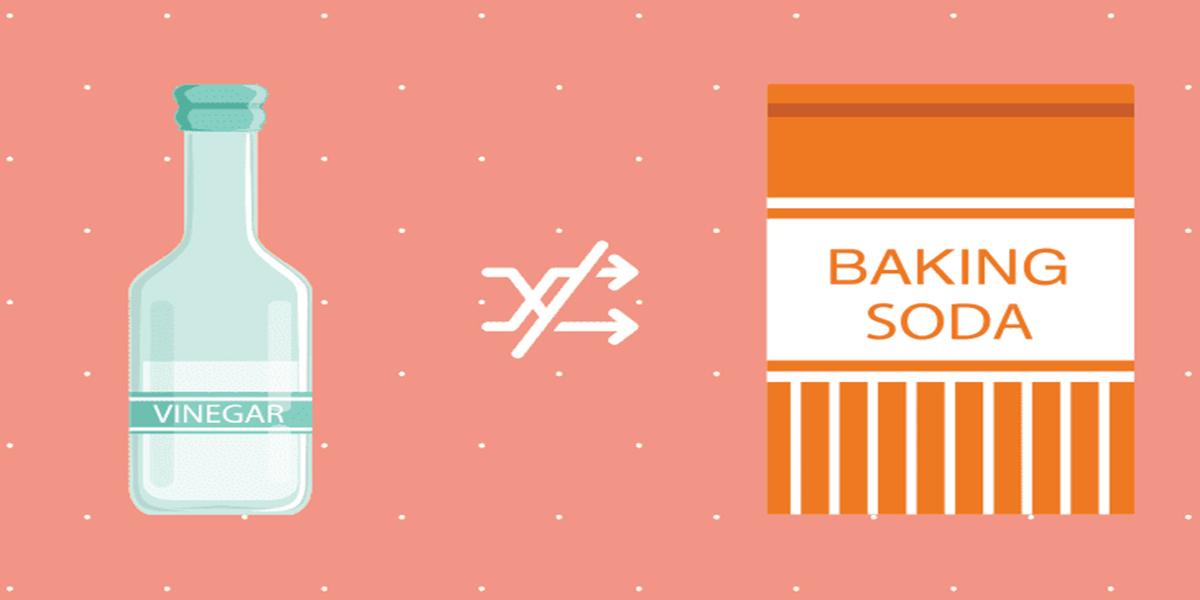
Using baking soda and vinegar, you can clean a meat grinder plate as follows:
- Disassemble the meat grinder and remove the grinder plate.
- Place the meat grinder plates in a large sink or basin.
- Spread an ample quantity of baking soda over the surface of the grinder plates.
- Pour vinegar over the baking soda. The mixture will begin to foam and bubble.
- Let the grinder plate soak in the baking soda-vinegar mixture for at least one hour.
- Scrub the plate with a soft-bristled brush to remove any remaining bits of meat or fat.
- Rinse these plates thoroughly with hot water to remove any residue.
- Dry the plate entirely before reassembling the meat grinder.
The baking soda and vinegar work together to loosen and remove stuck-on bits of meat and fat, making it easier to clean the plate.
Method 4: Use Bleach Solution

Sanitizing your meat grinder plates with a bleach solution is a quick and effective way to kill any bacteria and germs that may be present on the surface.
Using bleach solution, you can clean a meat grinder plate as follows:
- Pour one tablespoon of bleach per gallon of water into a large container or sink.
- Let the meat grinder plates soak in the bleach mixture for a while.
- Use a scrub brush or toothbrush to scrub the plates to remove any stuck-on bits of meat or fat.
- Rinse the grinder plates thoroughly with hot water to remove any bleach residue and loosen any remaining bits of meat.
- Dry the plates entirely before using or storing them.
It is essential to use caution when working with bleach, as it is a powerful cleaning agent and could be harmful to your eyes or skin if it comes into contact with you.
While handling bleach, be sure to eye protection and wear gloves and avoid inhaling bleach fumes.
It is also important to rinse the plates thoroughly after sanitizing them with bleach, as any residue can give your food a bitter taste.
Method 5: Use Boiled Water

Boiling is a quick, easy, and effective procedure for cleaning and sanitizing your meat grinder plates.
Using the boiling method, you can clean a meat grinder plate as follows:
- Prepare the water by boiling it in a large pot.
- Carefully add the meat grinder plates to the boiling water.
- Let the plates boil for a few minutes to kill bacteria and loosen any stuck-on bits of meat.
- Use a pair of tongs or a slotted spoon to remove the plates from the boiling water and place them in a sink or large container.
- Using a scrub brush or toothbrush, scrubbed the plates and removed any remaining meat or fat bits.
- Rinse the plates thoroughly with hot water to remove any food debris and let them cool before handling.
Boiling is a quick and easy way to clean and sanitize your meat grinder plates, but it is essential to use caution when handling boiling water to avoid burns.
Method 6: Use Slices Of Bread

To clean meat grinder plates using slices of bread, follow these steps:
- Disassemble the meat grinder and remove the plates.
- Placing the grinder plates on a dry, clean surface would be best.
- Tear some bread slices into small chunks and put these chunks in the meat grinder.
- Assemble the meat grinder and run the bread through it, using the same setting you would use to grind meat.
- Disassemble the meat grinder again and remove the plates.
- Rinse the plates thoroughly with hot water to remove any remaining bits of bread or meat.
- Dry the plates entirely before reassembling the meat grinder.
The bread will help to absorb any remaining bits of meat or fat on the plates, making them easier to clean.
Be sure to use a soft, fresh loaf of bread rather than a crusty or stale one, as the softer bread will be more effective at removing the bits of meat and fat.
Method 7: Use Oven Cleaner
I do not recommend using oven cleaner to clean a meat grinder plate. Oven cleaner is a harsh chemical that removes baked-on grease and food from oven surfaces.
It’s not intended for food contact surfaces like meat grinder plates. Using oven cleaner on a meat grinder plate can contaminate the meat grinder plate with chemical residues that can be harmful if ingested.
If you still want to use oven cleaner to clean meat grinder plates, you can use it at your own risk.
Credit to : Sears
Meat Grinder Cleaning Kit For Clean Meat Grinder Plates
A meat grinder cleaning kit is essential for maintaining the grinder’s safety, quality, and efficiency.
The items in your cleaning kit should include the following:
- A Paper Towel
- A Dishcloth
- Some Dishwashing Detergent
- Disinfectant
- A Sponge
- Water
- Paper Towels
- A Razor Blade
- Antibacterial Soap
Follow the below guide to clean meat grinder plates with a meat grinder cleaning kit.
- Disassemble the grinder after unplugging it. Remove the meat grinder plates and blades.
- Use a paper towel or a dishcloth to wipe down the exterior of the grinder, removing any visible debris or meat.
- Mix some dishwashing detergent and water in a bowl or bucket. Use a sponge to clean the plates and blades, and scrub all surfaces and crevices.
- Rinse the plates and blades with clean water and should dry them with a paper towel.
- To disinfect the plates and blades, you can use a disinfectant spray or wipe them down with water and a little bit of antibacterial soap.
- Use a razor blade to remove any debris or meat stuck in the small crevices of the plates and blades.
- Reassemble the grinder. Regular cleaning and maintenance of your meat grinder will help ensure that the meat being ground is safe to eat and that the machine works at its best.
It is worth noting that a disinfectant solution is vital to kill any bacteria that may have accumulated on the grinder plates and blades.
It is always advisable to follow the disinfectant manufacturer’s instructions. And also, make sure that the grinder is dry before reassembling it.
How To Remove Rust From A Cast Iron Meat Grinder?

There are a few ways to release rust from a cast iron meat grinder.
- One way is to apply the mixture of white vinegar and water to the rust with a brush or cloth.
Allow it to sit overnight, so quickly scrub the rust with a steel wool or stiff brush.
- Another effective way is to apply the solution of water and baking soda to the rust.
These methods should be followed by thoroughly rinsing and drying the grinder.
- You can use a rust dissolver solution or sandblast for heavy rust.
It’s important to always dry and oil the cast iron meat grinder after cleaning to prevent rust from forming again.
If you are interested to checkout some best blenders for nice cream then you must read
Top 5 Best Blenders for Nice Cream in 2023
Conclusion:
In conclusion, learning how to clean meat grinder plates is essential to maintaining your meat grinder and ensuring it is functioning correctly. I have shared all the effective methods to clean the meat grinder plates
It is crucial to choose the cleaning method that is best suited for your specific meat grinder plates and to follow the manufacturer’s instructions for cleaning and maintenance.
It will save your time and money. You must use these methods to clean your other kitchen appliances also.
FAQs:
Can I use rubbing alcohol to clean the grinder?
Yes, you can rub alcohol to clean a meat grinder. It is important to rinse the product thoroughly with water after use. Avoid using alcohol on food-contact parts.
How do you sterilize meat grinder parts?
To sterilize meat grinder parts, You can soak the grinder parts in a solution of equal parts of water and vinegar for at least 20 minutes. Rinse and dry thoroughly before reassembling.
Does vinegar remove metal rust?
Yes, vinegar can be effective at removing rust from metal surfaces. The acid in vinegar reacts with rust to dissolve it.
What causes meat grinders to rust?
The materials used to make meat grinders can become rusty over time. If you use a meat grinder made from metal, you should wash it every time. It would help if you first cleaned it with soap and water.
Can you clean a grinder with just water?
It is possible to clean a grinder with just water by rinsing it under running water and using a brush to scrub the inside. However, this procedure may be less effective at removing built-up residue than other cleaning methods.

